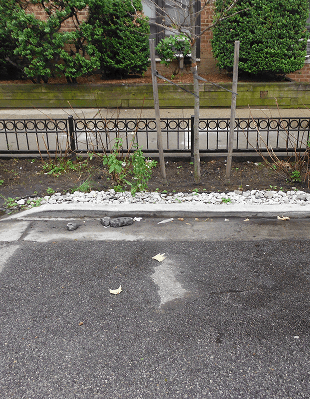Table of Contents
The challenge
Atlanta’s growth created heavy congestion on commuter corridors. With limited room to expand the network, GDOT needed to innovate network management to improve congestion, safety and environmental impact.
Roadways operating at their capacity
Atlanta’s never been known for its quick commutes. But a population explosion in the Metro Atlanta area – more than 80% growth over the past two decades – and expansion of regional boundaries pushed its roadway capacity to the limit. The congestion was harming economic opportunities, safety and quality of life measures.
The roadway layout, a mostly radial network of arterials and interstates, left the region with few options for improving traffic flow. The Georgia Department of Transportation (GDOT) wondered: If the network couldn’t be built bigger, could it be made smarter?
The solution
Our mobility experts helped apply a unique Active Arterial Management delivery plan, coordinating across agencies to manage advanced infrastructure and implement new operational strategies.
Expanding the traffic network and inter-agency collaboration
Our mobility experts helped GDOT strengthen its Regional Traffic Operations Program (RTOP) by building a collaborative culture between our team’s resources, GDOT, local agencies and a multitude of innovative Intelligent Transportation System vendors. They envisioned one program that delivered services to support regionwide goals and provided transparent, accessible reporting to all stakeholders.
Sharing resources, including people’s skills and expertise, and field asset control would enhance network management, data-driven decision-making and collaboration between GDOT working teams and stakeholders. Arcadians in charge of project management established an environment for enhancing regional cooperation, pursuing technology that broadens engineers’ capabilities, and remaining nimble enough to solve unforeseen challenges such as the I-85 bridge collapse in 2017.
“We saw a region trying to manage its congestion problem across different agencies and priorities. There was enormous potential for improved traffic flow if all required resources were managed under one team. That would effectively deliver the ultimate goals of the program to the region,” said Shahram Malek, Vice President at Arcadis.
The impact
GDOT’s Regional Traffic Operations Program now manages over 3,200 traffic signals across 12 counties using advanced detection technologies, control strategies and communication architecture to optimize traffic flow.
Millions of motorist hours and gallons of fuel saved
The current RTOP is comprised of 3,200 traffic signals across 24 agencies, leverages digital tools and improved communication for monitoring and controlling the region’s traffic flow. Intuitive real-time displays and system features help teams share insights on network problems and potential remedies. A regional communication network that spans across agencies ensures a unified traffic control network.
GDOT’s traffic signal operation is improving traffic operations and reliability, eliminating more than 10 million motorist hours and saving more than five million gallons of fuel. RTOP is also creating significant ripple effects throughout the region that go beyond the core program. With GDOT managing some of the counties’ signals, local agencies have more resources they can direct to non-RTOP assets, improving the public service delivery.
The resounding success has led to 400% program expansion of the original scope to manage congestion using AAM in the Atlanta Metro area and beyond, and the team continues to explore ways to innovate future phases. As RTOP expands and connected and autonomous vehicles become more prevalent, Atlanta’s penchant for congestion might become a thing of the past.
Behind the solution

Not done reading?
This also might be interesting for you
- Related Projects
- Related Insights
- Related Blogs













